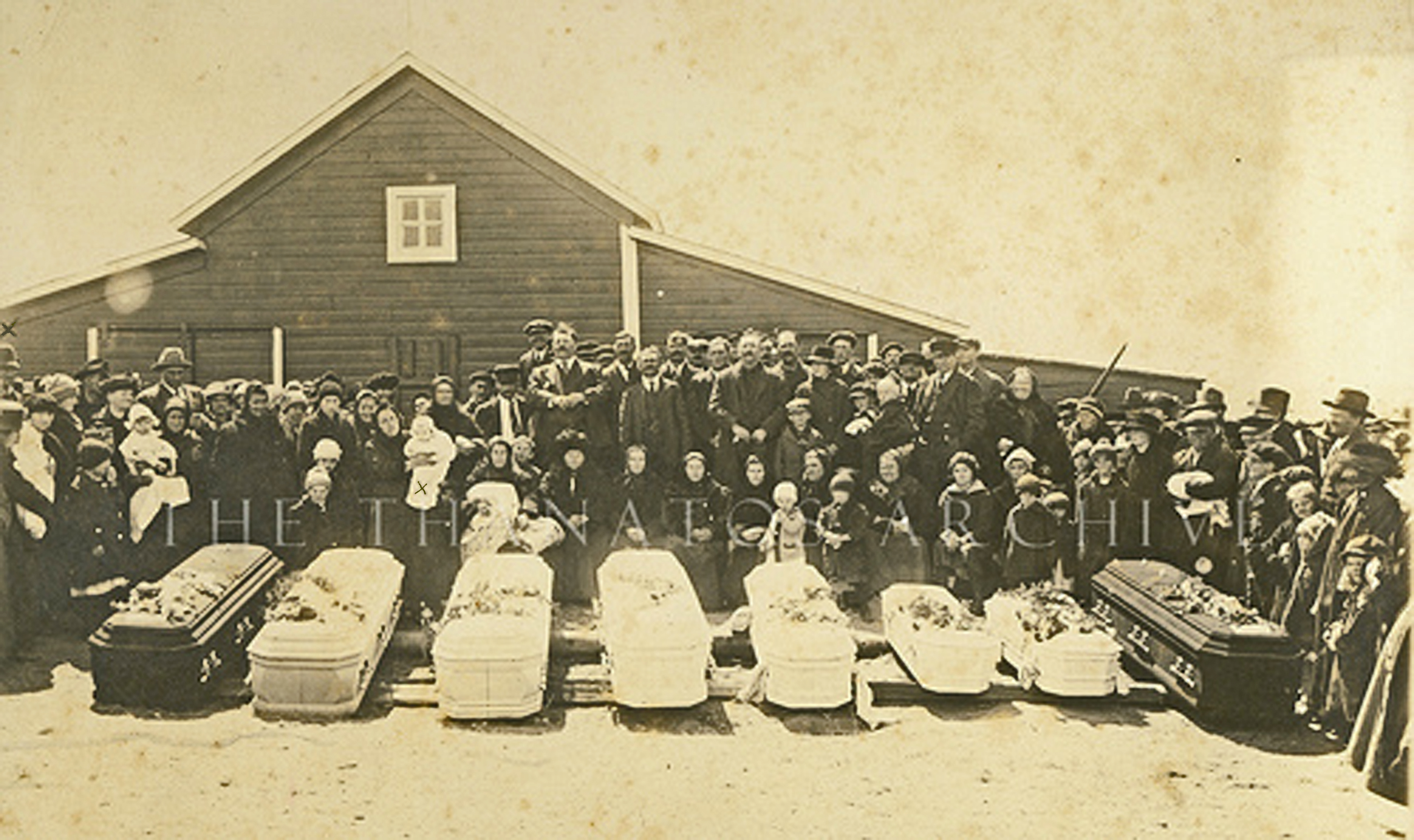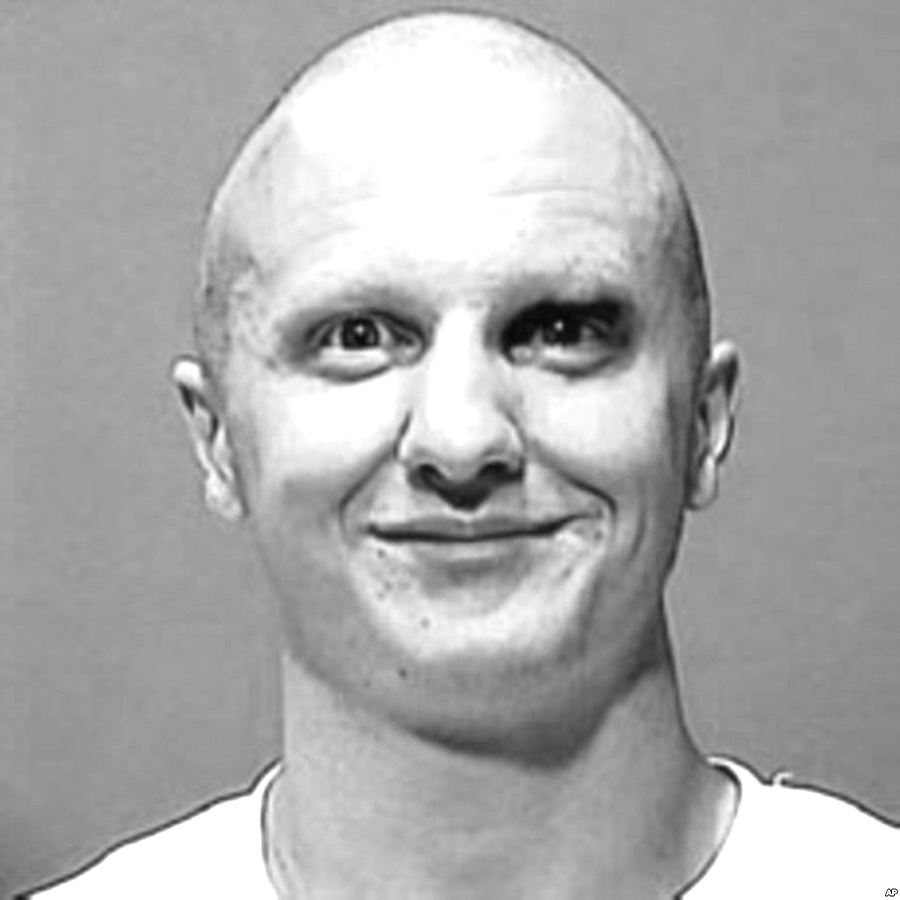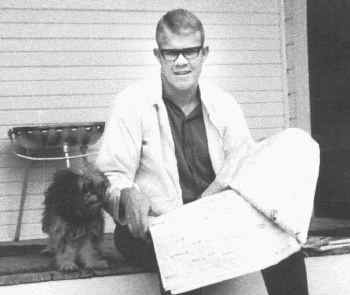This essay was originally written just two days after the Sandy Hook Elementary massacre in 2012. Last night’s tragic shooting in Lewiston, Maine, makes me want to re-run it, as I have several times when such senseless events happen. It appears anew here now, with only minor updates because, well, nothing will ever change. —RF
This is America, dammit, and we have a God-given right to fool ourselves.
The bodies of dead children hadn’t even been cleared from the classrooms at Sandy Hook Elementary before various lobbies began trumpeting their end-all solutions to mass murder—just as they have since 1949, the dawn of mass murder’s modern era. Today, 10 bloody years later, they’re all back at it after the weekend slaughter at a gay nightclub in Colorado Springs CO and yesterday’s workplace shooting at a Walmart in Chesapeake VA.
Not all of these fixes are bad ideas, but they simply won’t halt mass murder. At best, we can hope to thwart some massacres and save some lives, but determined, angry killers will still exist and occasionally wreak havoc. At worst, we could surrender a lot of freedoms–and still not stop these horrific, frustrating massacres.
Since 1900, America has suffered hundreds of public mass murders*. Some are now code words for national tragedy: Columbine, Texas Tower, Luby’s, Virginia Tech, Aurora, Sandy Hook, Las Vegas Strip, Orlando, Parkland. The death toll has accounted for less than one-tenth of 1 percent of all murder in America in the same period. Statistically, we have much bigger problems with unnecessary death.
Yet mass murder grabs us by the throat every time. It’s partly because it often happens in familiar, “safe” places … a McDonald’s restaurant, a church, a shopping mall, a college campus, government offices, schools, festivals. And its victims are almost always innocents who, like us on any ordinary day in any ordinary place, were not expecting to die. We can easily imagine being in their place.
Plus, we’re always flummoxed by the enigma of mass murder. Too often, nobody’s left to explain why it happened. And in those rare times when we’ve gotten answers, they are historically confusing, irrational, and disappointing. We spend a lot of energy trying to explain the unexplainable.
We also do this: We utterly conflate mass shootings with mass murder. Guns are just one way that mass killers kill. Controlling guns simply reduces some gun-related killings, not all, and certainly not mass murders—which might employ bombs, vehicles, airplanes, poison, fire, to name a few.
After the Unvalde massacre, President Biden’s moving address to the nation was perhaps the best of his presidency. But it was long on pathos, short on solutions. That’s what the political class has done with this issue for decades: Bloviate emotionally to appeal to their bases, cover up their lack of substantive ideas. Is it because there is nothing to do but posture? Are there any genuine solutions?
Mass murderers tend to be angry young men who are retaliating against personal rejections, failures, slights both real and imagined, and a perceived loss of independence. But young or old, they are usually loners but not necessarily unsociable. Most are disturbed, but not necessarily psychotic. Their crime is usually triggered by a major loss or disappointment, such as a break-up or job loss. Don’t be surprised if it’s true about this weekend’s Colorado shooter, too.
The revenge-oriented mass killer is trying to get even with specific people, particular categories or groups of individuals, or society at large. He is trying to regain some measure of control over a life he sees spiraling out of control.
These killers didn’t just wake up one morning and decide to slaughter innocent people. Their anger morphed into hatred over weeks, months, maybe years. Their evil intentions had taken root long before they picked up a gun.
So we know plenty about mass murderers … but we have not yet developed any science that can foil a murderous rampage that leaves no trace until too late. Sadly, most mass murderers — right up until they kill — do nothing that would cause a reasonable society to identify and restrain them.
The default “fix” has always been gun control. Ignoring that seven of the 10 deadliest mass murders in American history were not committed with guns, this isn’t as much a rational debate as an uncivil war. The trenches are dug deep and the battle lines shift by inches, not miles.
And taking away guns won’t remove the root causes of mass murder, merely limit one of the killers’ tools, which have also included fertilizer bombs, knives, fire, poison, water, cars, boats, crossbows, and woodworking tools. A determined killer might be slowed down, but not stopped by more gun laws, but even if guns were outlawed completely, determined killers have always found ways to kill.
More/better/cheaper/quicker mental health care? Certainly. But very few of America’s most prolific mass murderers – or the people around them — believed they had mental-health issues. Few would have voluntarily sought help, and the mere suggestion that they were crazy would have exacerbated their feelings of rejection, failure, and loss of control.
Fortifying schools? That might have stalled Adam Lanza or Salvador Ramos, but most school massacres have been done by students who were already inside, not monsters from the outside.
A crappy economy, desensitization to violence in the media, a pandemic lockdown that exacerbated mental illness issues, and deteriorating civility are also contributing factors. “Fixing” those things poses more daunting challenges than gun control or mass murder.
Another unique obstacle is our collective social ADD. When the next massacre happens, we’ll be shocked. In time—maybe a week or two—we’ll be distracted. Soon enough, we’ll forget altogether. Time erodes feeling and creates indifference. Americans are condemned to be shocked, to grow complacent, then to forget … then to be shocked all over again. It keeps us from the long, arduous work of solving a complex problem.
Is it not fascinating that one of America’s deadliest public rampages—a madman’s 1927 school bombing in Bath, Michigan, that killed 45 people, mostly children—is all but forgotten in the 21st century?
The basic question is the basic problem: How do we keep guns out of the hands of lunatics? Answer that question and you might take a chunk out of the problem about mass shooting … even if it doesn’t quell all the other ways evildoers can kill us.
Yes, we owe it to the innocent dead to seek answers. We should devote ourselves to saving as many lives as possible while protecting the constitutional rights of law-abiding people. It’s a delicate balance that won’t lend itself to 144-character Tweets or glib Facebook memes.
Please don’t interpret this essay as a shrug. If I could wave a magic wand and erase mass murder—toss in war, terrorism, and genocide for good measure—I’d brandish it wildly. But there are no magical solutions. If our aim is to eliminate all the chances for the mass horror one crazy human can inflict, our “fixes” must be much more complex, more severe, and more universally agreeable than anything we’ve ever done.
But no matter what “fixes” we introduce, we should not fool ourselves that we have ended mass murder.
*Defined here as mass killings of more than four people against random innocents in a public place, excluding unrelated events, such as gangland drive-bys and accidental mass deaths. The term is defined differently elsewhere by various interest groups to support their political aims.


